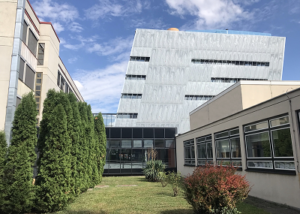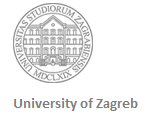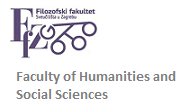Home » 7. semestar – NASTAVNIČKI SMJER – dvopredmetni
Category Archives: 7. semestar – NASTAVNIČKI SMJER – dvopredmetni
Language and cognition: from theory to application
Instructor: Associate professor Renata Geld, PhD Course title: Language and cognition: from theory to application Language: English Number of hours per semester: 30 hours ECTS: 4 credits Level: graduate (open to all graduate students of English) Course content: Students attending this course will be encouraged to discover and re-discover the nature of language and its […]
Language and cognition: from theory to application (arch.)
Instructor: Assistant professor Renata Geld, PhD Course title: Language and cognition: from theory to application Language: English Number of hours per semester: 30 hours ECTS: 4 credits Level: graduate (graduate course open to all graduate students of English) Course content: Students attending this course will be encouraged to discover and re-discover the nature of language […]
Process of Language Acquisition
Course title: PROCESS OF LANGUAGE ACQUISITION Instructors: Asst. Prof. Stela Letica Krevelj ECTS credits: 3 Semester: I Status: mandatory Enrollment requirements: none Course description: language acquisition and language learning; theories of language acquisition and teaching; processing input; learner output and classroom interaction; individual and contextual factors in language acquisition; intercultural and communicative language competence; language […]



